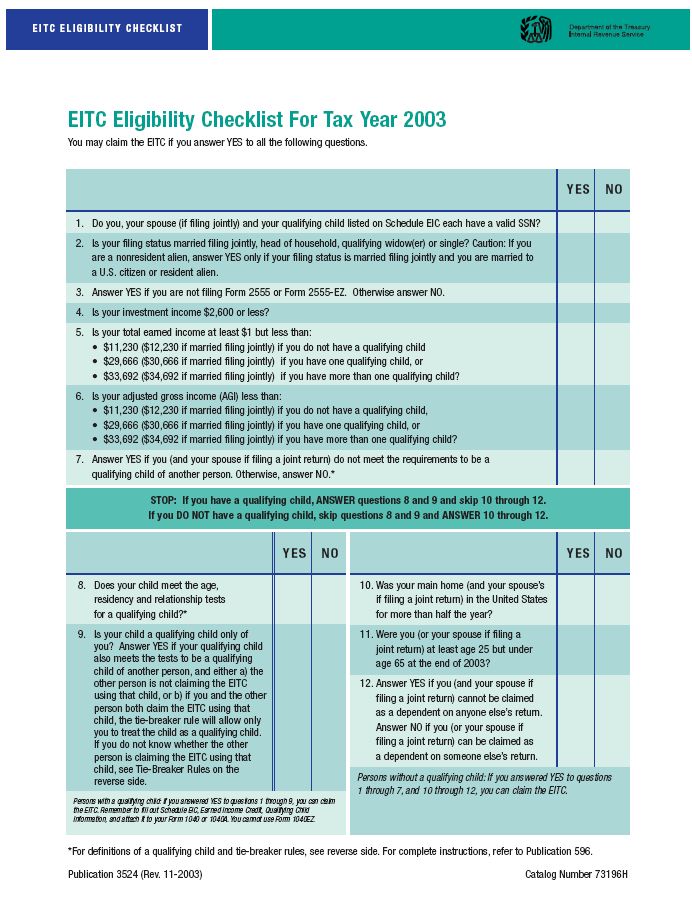I was just asked for some background on business rules and the major players, preferably in the form of videos. The request came in by email, so I didn’t have the opportunity to immediately ask “why”. Below I give some specific and direct responses, but first a few thoughts about clarifying objectives.
I don’t know of any video that is particularly good from an executive overview standpoint concerning “business rules” or even “decision management” let alone “management of active knowledge”. My recommendation is to clarify the objective before drilling into “business rules”, which is a technical perspective. What is it that you are trying to accomplish? Most abstractly, it could be to manage and improve performance of an activity or an organization. That kind of answer or focus is the right place to start and then work backwards to the technical approach rather than start with an inadequately conceived technical need. This is one of the major problems with business rules as an independent market or product line.
Learning from Enterprise Decision Management
While at Fair Isaac, James Taylor saw this clearly. He articulated the enterprise decision management (EDM) and positioned the business rules capability Fair Isaac acquired with Blaze Software in that space. That is, more as a strategic objective than as a tool or technology. This is an example of the proper way to think about business rules.
The decision management perspective was also narrowly focused on point decision making (e.g., using rules) but James and others (e.g., John Lucker of Deloitte) have appropriately expanded the strategy of decision management to include analytics, which produce and inform decision making (i.e., business rules), into a continuous process not of point decision making, but more closed-loop, continuous process improvement. Over recent years, this has evolved into the broader market of performance management, which also includes performance optimization.
The key thing to consider when considering inquiries about “the applications and market for business rules” is the applications of knowledge. The “knowledge engineering” community is often too focused on the sources of knowledge. Focusing on sources rather than opportunities and benefits is a big part of why the business rules market has been subsumed into the business process management market, which is small in comparison to the business intelligence market, the fastest growing segment of which is performance management.
Semantic enterprise performance optimization checklist:
Here’s a checklist to consider when framing your considerations of strategies and tactics that might involve business rules technology:
- What knowledge (including policies, regulations, objectives, goals) is involved?
- What knowledge is superficial (i.e., derived from or approximations of) versus deeper knowledge?
- Will you capture the motivation for a decision rather than how that decision is made using rules?
- How will the performance of your decision management or governance system be evaluated?
- Is the knowledge involved in evaluating such performance part of the knowledge that you will capture and management?
- How does the manner of evaluation relate to goals and objectives and over what time frames?
- Is the knowledge about goals and objectives time frames part of the knowledge to be managed?
- Are your decisions rigidly governed in every aspect or do you need the business process to include experimentation and optimization?
Most business rules efforts are focused on contexts so narrow that they are reduced to technical buying criteria without much or any consideration of the above. That is, most business rule efforts do not even cover point 1 above. Few reach bullet 2 and only strategic thinkers get to the third.
Specific recommendations for the naive question:
So I went off looking for videos… You can find some on technical matters involving IBM/Ilog but I didn’t find any good videos from IBM at the business strategy level which concerned knowledge-based process/decision management/governance, which surprised.
A video from the vendors of Visual Rules touches on many of the traditional buying points that IT people typically formulate before evaluating vendors (here).
Although it did not respond to the inquiry, I sent along this video of James’ since it touches on so many of the aspects beyond business rules that are increasingly in vogue, even if it does not go far enough towards things like the business motivation model and the market for performance management, imo.
And for a very thorough background in the form of an analyst presentation that is consistent with all of the above, John Rymer of Forrester is most thorough in the two longer presentations that are here and there.
Please send me any other content that you would recommend!
Paul


